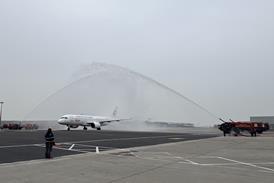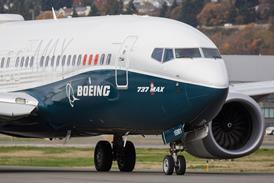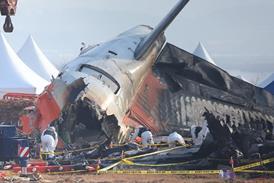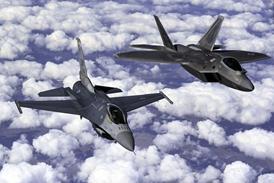Last year's purchase of Spirit Aerosystems by Canadian investor Onex and several smaller deals represent the tip of the iceberg as far as the potential for consolidation of the aerostructures sector is concerned, analysts predict.
The Airbus A380 delays that dominated the headlines in 2006 could be the catalyst for many more takeovers and strategy shifts among the troubled manufacturer's suppliers this year, but elsewhere companies will pursue diverse strategies to ensure they retain balanced portfolios and market share, and stay at the cutting edge of technology.
Airbus chief executive Louis Gallois is due in the coming weeks to announce the early details of the Power8 cost-cutting plan proposed by his predecessor Christian Streiff in response to the A380 delays. The company has promised major steps to boost its competitiveness and deal with the inefficiencies of a production strategy driven more by national sensitivities than by efficient production.

Power8 aims to reduce costs by around €2 billion ($2.6 billion) a year from 2010 and save €5 billion in cash by 2010. This is a tall order, but as Airbus loses orders to Boeing, and battles the weakness of the US dollar, it must do everything it can to boost its margins.
Airbus will not be alone in making big changes to the way its business operates: there is plenty of scope for further consolidation in the aerostructures industry at large, which was worth a total of $27.6 billion in 2005, and is set for a compound annual growth rate of 3.3% in real terms between 2005 and 2015, according to George Burton and Richard Apps, directors of consultancy Counterpoint Market Intelligence (CPMIL).
There are several strategies open to aerostructures manufacturers keen to increase their competitiveness. Airbus has already demonstrated its faith in the strategy of outsourcing increasing levels of work to suppliers, with its commitment to farm out 50% of the aerostructures work on the A350 XWB programme. Suppliers will be expected to shoulder €1.8 billion of the €10 billion development costs for the new aircraft.
The possibility of relocating production to lower-cost economies, a route Rolls-Royce is considering in the engine sector, has been explored and in some cases pursued. France-based Latécoère, for example, has a production joint venture in place with Chinese partners. Burton sees the potential for work being placed in low-cost economies growing. "There will be more work going out to those countries, making use of suppliers in lower-cost, high-demand countries with supportive governments," he says. But outsourcing is likely to be more successful when Western companies open up their own facilities or set up joint ventures with local partners, CPMIL warns.
Closer to home, one of the main drivers of change in the aerostructures sector is going to be the growing use of composites on commercial aircraft, says Burton. CPMIL predicts a compound annual growth rate of more than 20% for the next five years in aerostructures composites.
Back at Airbus, the company is remaining tight-lipped on the details of Power8 until they have been presented to employees talks on the plan are set to begin soon at European and French level. But analysts expect Airbus to announce decisions on changes to assembly line strategy in the near-term, saving decisions on possible site closures and divestments until later in the year.
Burton and Apps point out that there has been no precedent to these strategies in the past year. "We suspect that this is because the returns from closing aerostructures factories are not sufficiently attractive as closure costs are high and protracted, and customers tend not to like it because of local relationships and perceived risks to continuity of supply."
But site closures are expected to be a key element, in the longer-term, of Airbus's proposed solution to its problems. Analyst Sash Tusa of Goldman Sachs predicts that seven of the company's 16 European production sites (see map) will need to be closed under the restructuring "to reduce vertical integration, reduce demands for R&D and potentially increase dollarisation".
And, as has been demonstrated by the example of the Spirit Aerosystems sale to Onex, aerostructures facilities can be an attractive target for private equity investors, Burton says. Timing is important, but the record order backlogs and positive sentiment characterising the industry are certainly an incentive.
With investor confidence faltering, the strategy for Airbus will be a crucial part of parent company EADS's own recovery.
Source: Flight International























